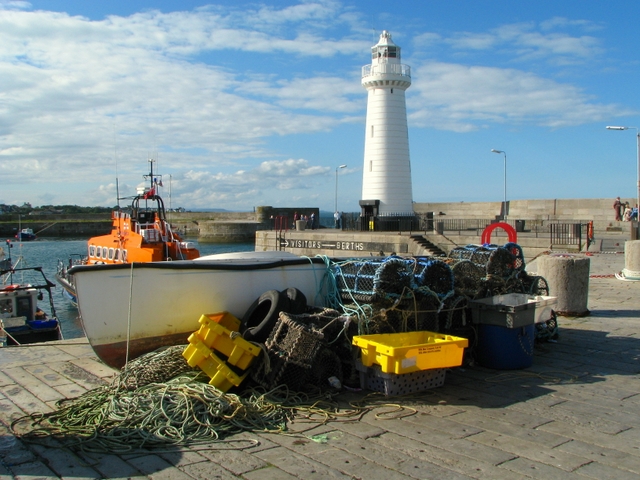In 2013 news reports carried the revelation that the town of
Bangor had been named the sexiest place in the UK. This was based on research by the Lovehoney
website into where in the country people were spending the most on spicing up
their love lives. The research uncovered
the startling statistic that the good folk of Bangor were spending 6.7 times
the national average on erotic products.
Bangor lies on the southern shore of the Belfast Lough, just
12 miles from the capital of Northern Ireland.
The town’s history goes back to at least 558, when Bangor Abbey was
founded by St Comgall, and the town went on to become a great centre of
learning. It was in Victorian times that
the town became a popular seaside resort, with Charles Dickens among the first
to take to the beach there, during a lecture tour of Ireland in 1858. In 1937 an outdoor pool named the “Pickie
Pool” was built, complete with diving boards.
Sadly, unlike many such pools from the period, this one fell into
disrepair and was demolished in the 1980s, to be replaced by the Pickie Fun Park.
During the latter part of the 20th century the
town suffered a number of tragedies relating to The Troubles. There were a number of bomb attacks,
including an incendiary bomb attack on the main shopping centre by
paramilitaries in 1974. In 1975 a female
Royal Ulster Constabulary officer was killed while on foot patrol in the High
Street, the first to be murdered on duty.
Things were still tense in the 1990s, with two bomb explosions on Main
Street, one in 1992 and another a year later, the latter causing £2 million of
damage and injuring four RUC officers.
Happily, things have been quieter since, and the regeneration
which saw the end of the Pickie Pool also spawned the Bangor Marina which,
along with the usual facilities for leisure craft, also boasts hotels,
restaurants, bars, shops and cinemas, as well as a leisure centre, golf and
tennis. The Ulster Folk and Transport Museum is nearby, while other attractions in the town include the North Down Museum, which tells
the history of the area since the Bronze Age, and the Castle Park, incorporating
the Bangor Castle Walled Garden, designed by the Ward family.
For a list of events in Bangor follow this link.
Live streaming webcam view from Ballyholme Yacht Club.
 | |
| Bangor marina and harbour - geograph.org.uk - 980296. Photo by Ross, via Wikimedia Commons. |
